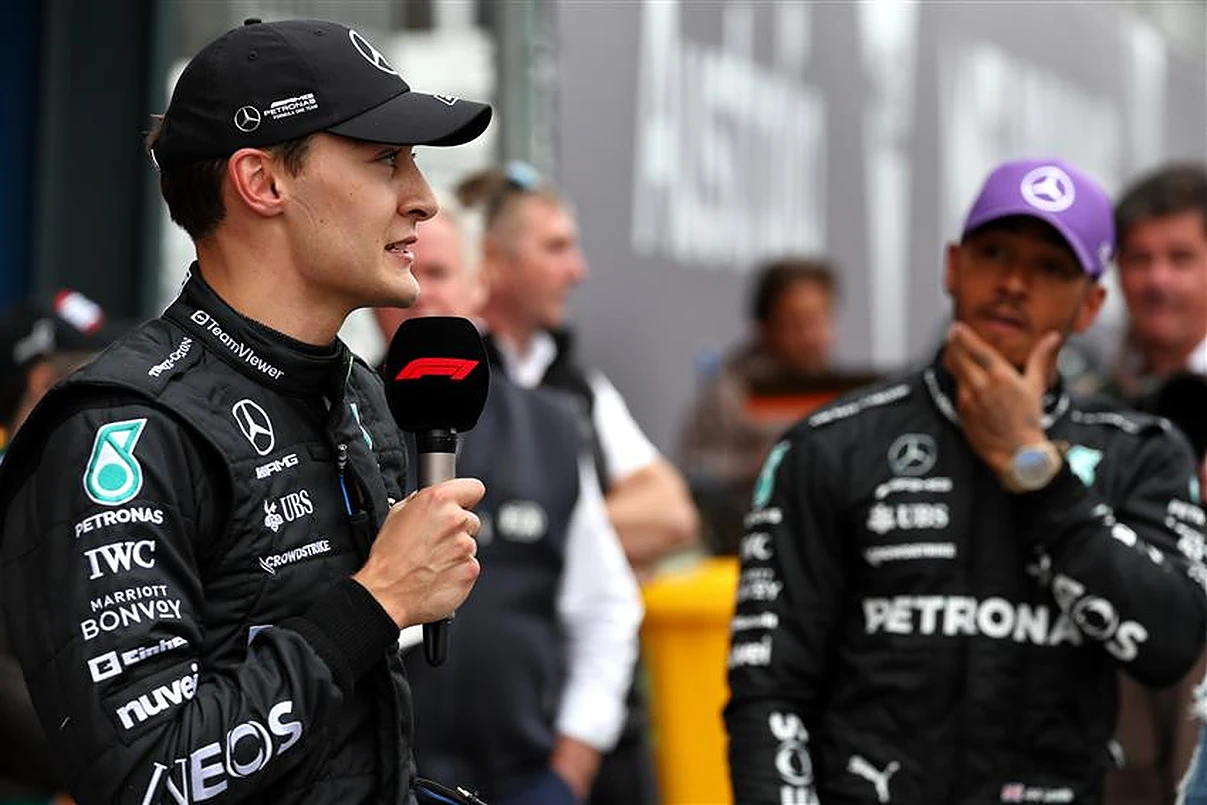Formula 1 drivers don’t just have to be skilled behind the wheel, they have to be able to survive a brutal test of endurance during a Grand Prix.
Express Sport lifted the lid on the nature of their training regimes during a recent visit to the Porsche Human Performance (PHP) Centre, taking part in some of the tests that drivers go through on a regular basis.
Not just having to balance the sweltering heat of the cockpit and the physical capabilities needed, drivers have to have impressive control of their car and swift reflexes.
In a gym that has welcomed some of the most recognisable drivers on the grid, including Daniel Ricciardo, PHP’s Jack Wilson showed how the grid prepares for the strong G-force they are put under.

Want to work in Formula 1? Browse the latest F1 job vacancies
Drivers are put under 6Gs regularly throughout races, forcing their neck to go through sometimes unbearable pressure during a two hour Grand Prix.
This training proves even more crucial in preparing drivers for possible crashes, with Max Verstappen’s infamous shunt into the wall at Silverstone 2021 seeing the Dutchman experience 51G.
Even holding the steering wheel requires significant strength, as drivers have to power their machinery around the circuit.
On the cardiovascular side, drivers have to be on a similar level to Premier League footballers, with Lewis Hamilton have recorded a score of 60 in a VO2 Max Test.
To ensure they have the necessary reflexes, drivers are put through their paces on the reaction wall, needing to be 50 percent faster than regular joes.
“For elite drivers, you’d expect body fat percentages in the realm of 8-12 per cent,” Sports scientist Chris Harris told Express Sport.
“But taller drivers such as George Russell or Esteban Ocon, they may need to be even leaner to stay as light as some of their shorter competitors.
“Then you’re really straddling the boundaries of what is a healthy or unhealthy body fat percentage. If it gets too low, issues on reproductive and immune health can crop up.”
Beyond the physical training, drivers have to be able to perform at the highest level in scorching temperatures, with the cockpit normally above 40 degrees Celsius, causing drivers to sweat buckets and leaving them potentially dehydrated.
“Lewis has been reported as saying that he doesn’t drink at all during races,” Harris explained.
“Dehydration affecting that side of the performance can reduce sodium concentration in the blood, affect muscle contractions and stop your brain telling your muscles how to work.
“Some drivers are well-trained to perform dehydrated and some aren’t, but it’s something everyone wants to avoid.
READ: Ferrari boss comments on prospect of Monaco GP being cancelled
“Any lapse in concentration can cause horrendous injuries for F1 drivers and it can lose them races.
“Brain function is governed enormously by fluid, and it’s the number one thing to keep on top of to keep the body functioning. Dehydration can kill you in hours.”
To help drivers ensure they are prepared, there are services available, including sweat tests and personalised hydration plans to prevent any negative health issues emerging.

